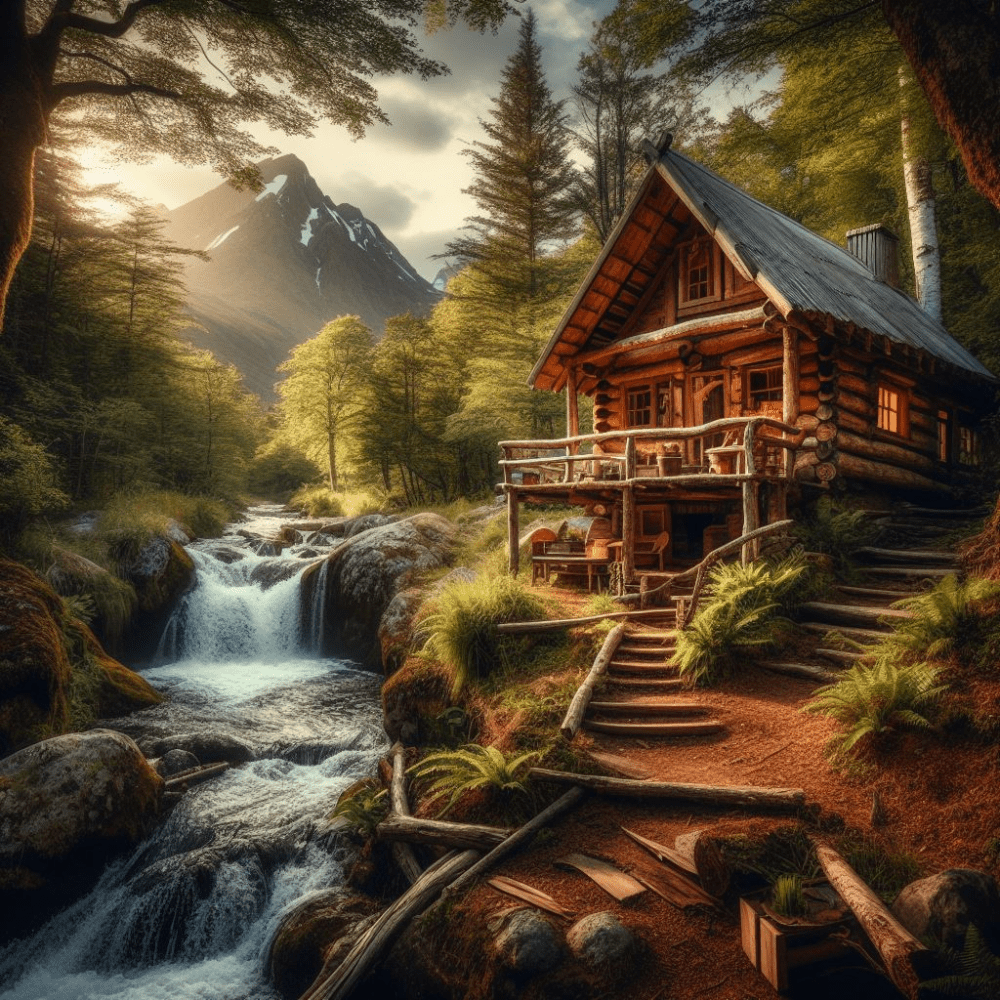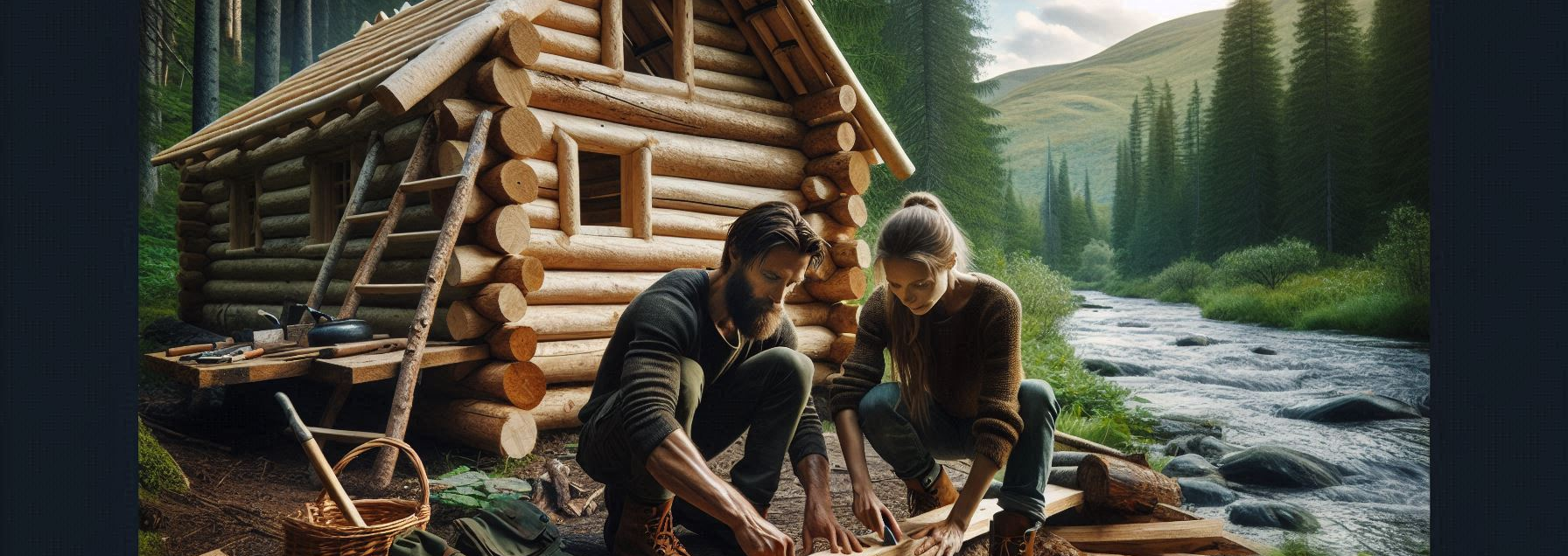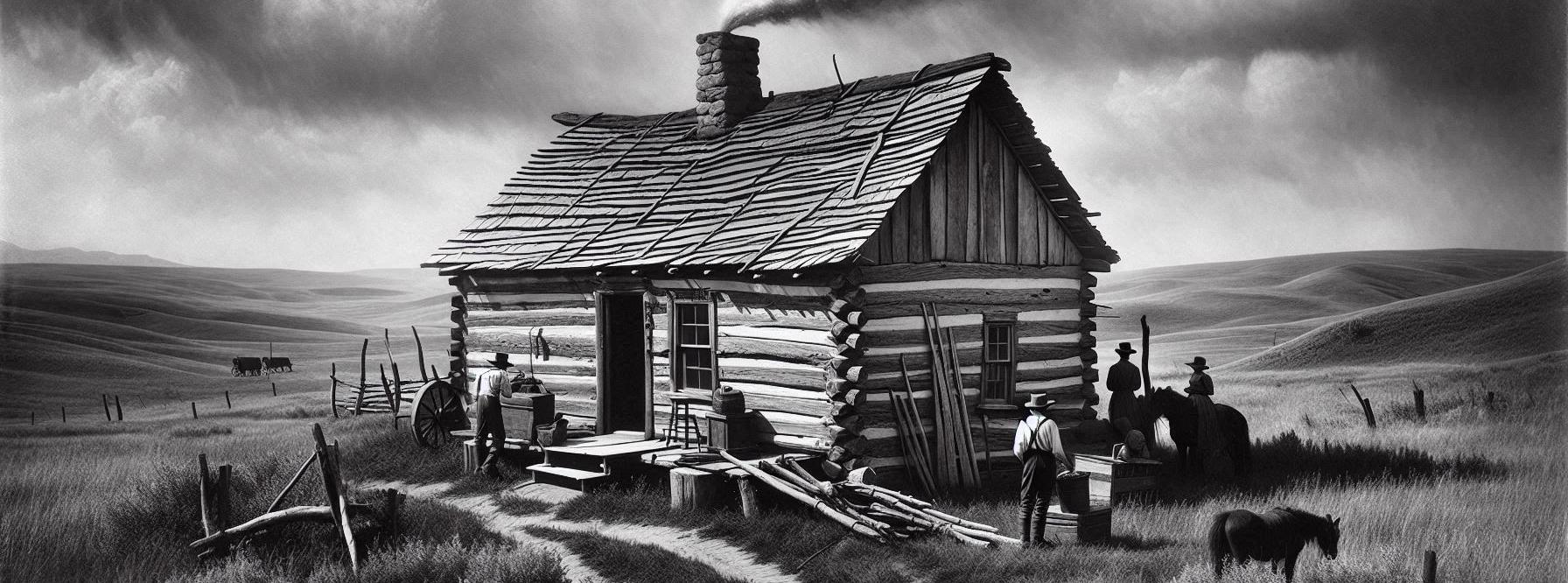Choosing the Right Location: Finding the perfect spot for your log cabin involves more than just picking a pretty view. You’ll need to consider accessibility, proximity to utilities, and the specific land characteristics. Think about the weather conditions and how they might affect your cabin throughout the year. And don’t forget to factor in local zoning laws and building codes.
Understanding Local Building Codes and Regulations: Navigating these can feel like a maze. Each area has its own rules about what you can and can’t build, so check with a local government office or a building inspector. This step is crucial to avoid headaches down the road. Staying compliant ensures you won’t face fines or be forced to make costly changes.
Budgeting for Your Log Cabin: Going over budget can happen easily, especially if it’s your first time. Start with a detailed plan that includes all potential expenses, such as land, materials, labor, and permits. Set aside a contingency fund for unexpected costs. It’s better to overestimate and have funds left over than to be caught short.
Design Inspiration: From Traditional to Modern Log Cabins: The fun part—getting creative with your log cabin’s design. Whether you dream of a rustic retreat or a chic, modern getaway, there’s a style for everyone. Look at books, online galleries, and existing cabins to get ideas. Think about the layout and how it will fit with your daily life, and don’t be afraid to mix different styles to create something uniquely yours.
Sourcing Materials and Hiring Professionals
Selecting Quality Logs: Not all logs are created equal. The type of wood you choose can impact the durability and look of your cabin. Consider species like cedar, pine, or spruce, each offering different benefits. Make sure the logs are properly treated to resist pests and weather damage.
Finding Reliable Contractors and Builders: The right team can make or break your project. Ask for recommendations, check credentials, and read reviews. Having experienced professionals ensures the job gets done correctly and efficiently. Don’t rush this—choosing the right contractor is crucial.
Eco-Friendly and Sustainable Material Options: Want to lessen your environmental footprint? Opt for sustainably sourced wood and other eco-friendly materials. These not only help the planet but often improve the longevity of your cabin. You might pay a bit more upfront, but sustainable materials can save money in the long term.
Cost Estimation and Managing Expenses: Keeping track of costs is essential for staying within budget. Get multiple quotes for materials and labor to understand the market rate. Make a detailed budget plan and stick to it. Monitoring expenses closely can help identify areas where you can save without compromising on quality.
Building Process: Step-by-Step Guide
Foundation Work: This is the backbone of your cabin. A strong, well-built foundation ensures stability and longevity. Consider different types like concrete slab, crawl space, or full basement. Each has its advantages depending on your land and budget.
Erecting the Log Walls: Once the foundation is set, it’s all about stacking those logs. Proper alignment and securing methods are key. Techniques like Scandinavian full-scribe or chinkless can affect the cabin’s look and insulation properties.
Roofing and Insulation: After the walls, focus on the top. Choose a roofing material that complements your cabin style and withstands local weather. Insulation keeps your cabin cozy. Options range from traditional fiberglass to modern spray foam. Pay special attention to sealing gaps to keep energy costs down.
Electrical, Plumbing, and HVAC Considerations: These systems bring modern convenience to your rustic cabin. Plan their layout during the design phase. Hire licensed professionals for installation to ensure everything meets safety codes. Think about energy-efficient options to lower long-term costs.
Finishing Touches and Maintenance
Interior Design Ideas for Log Cabin Homes: Customize your space to reflect your personality and lifestyle. Think cozy rugs, rustic furniture, and plenty of natural light. Use materials like stone and wood for a harmonious look. Accent pieces like vintage lamps or handmade quilts add a personal touch.
When choosing your furniture and accessories for your log cabin, there is not better place than Etsy to find what you need. Just click on the banner below and discover what Etsy has for you!
Essential Maintenance Tips for Longevity: Regular upkeep keeps your log cabin looking good and functioning well. Annual inspections to check for signs of rot, pests, and weather damage are a must. Keep the logs clean and reseal them every few years to protect against moisture.
Security Measures and Modern Amenities: Safety first. Install robust locks, a security system, and consider window shutters. Modern amenities like Wi-Fi, smart thermostats, and energy-efficient appliances can make cabin life comfortable while maintaining the rustic charm.
Preparing Your Log Cabin for Different Seasons: Seasonal changes can take a toll on your cabin. In winter, insulate plumbing to prevent freezing. In summer, ensure ventilation to avoid overheating. Routine checks before each season can help you catch potential issues early.





